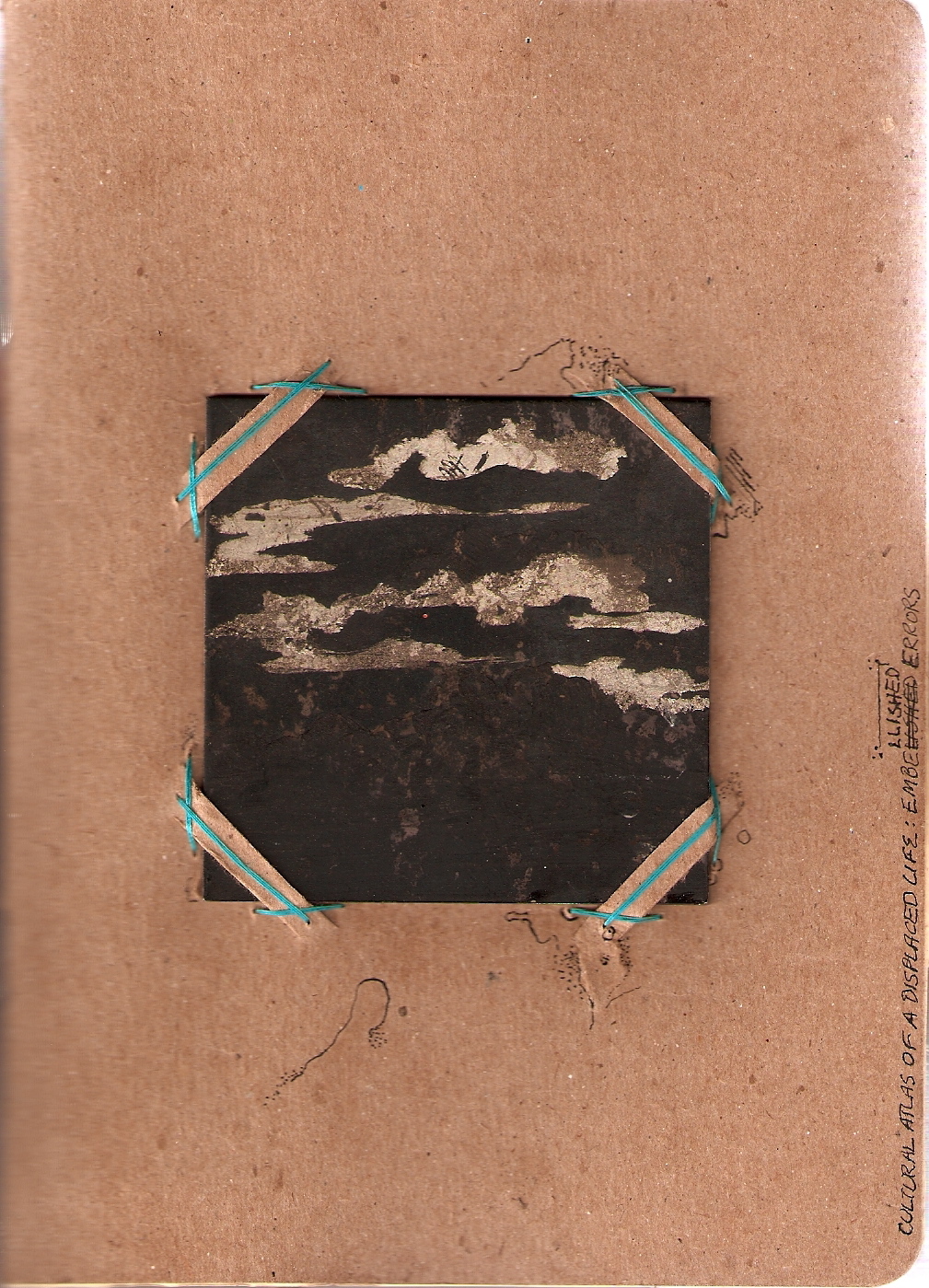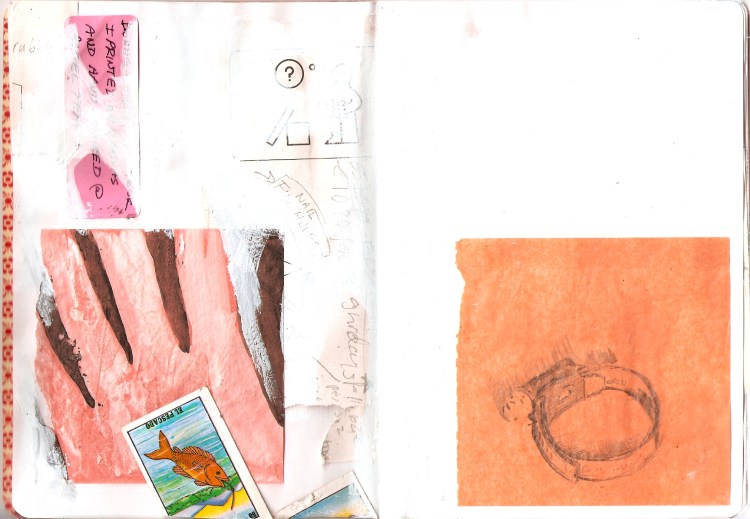“Since a map is a reduced representation of the real world, map symbols are used to represent real objects. Without symbols, we wouldn’t have maps.” – Compass Dude
In my previous essay I talked about mapping the terrain, the “You Are Here” aspect of a Cultural Atlas. That, and a response to the post by Brad Frederiksen, got me thinking about another aspect of maps, the key. I have always loved those little boxes at the bottom of a map, the ones that tell you what those mysterious hieroglyphs printed across the terrain mean. Even their names are inviting, intimating the possibility of deciphering and understanding unknown territories both physical and cultural: The Map Key. The Map Legend. Without this key, the caption to the photo, a physical or cultural context, where are we? Who are we?
We all have our own cultural ‘legends’ which help us read and interpret the surrounding terrain. Often, one is unaware of what these symbols are until we are called upon to function in a situation or a place where our internal ‘key’ is not consonant with the one in which we’re operating. These legends and keys tell us not only: ‘you are here’ when they align (or don’t) with our external circumstances; but also ‘you are this’: these recognized symbols can place us in the centre or on the periphery of nations, professions, spiritual communities, families and historical epochs.
The language in which a poem is written can place it in the realm of ‘fully accessible’ only to people who understand our cultural or even personal keys and legends. Each reader in the center or on the periphery of a language group, a professional or family environment will give a new reading, using their own symbols and associations to navigate a poem – superimposing their Map Key upon the poet’s – or they may give up, the two keys too dissonant to be reconciled.
Starting at the end of this week (Feb. 1st), IPM will be presenting poems that map territories both broad and intimate, urban and rural, topographies of nations, family relationships and internal landscapes. I invite you all to come and read, bring your keys and re-map the territory of the coming 28 days of poetry…who know’s what you’ll discover about your own territory:
You Are Here?
You Are This?
“Being in a foreign country means walking a tightrope high above the ground without the net afforded a person by the country where he has his family, colleagues, and friends, and where he can easily say what he has to say in a language he has known from childhood.” – Milan Kundera from The Unbearable Lightness of Being









